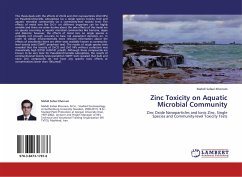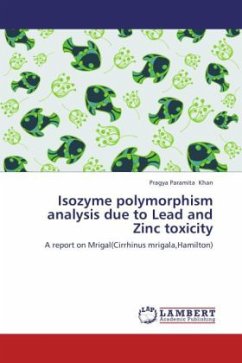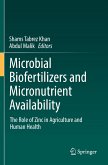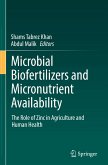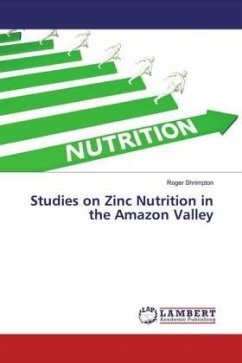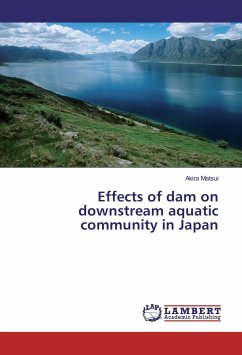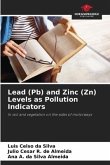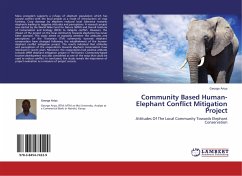This thesis deals with the effects of ZnCl2 and ZnO nanoparticles (ZnO NPs) on Pseudokirchneriella subcapitata (as a single species toxicity test) and aquatic microbial communities (as a community-level toxicity test). The effects of metal ions like Zn2+ on different organisms can be highly variable and there are some studies about the side effects of this metal ion on species occurring in aquatic microbial communities like bacteria, algae and diatoms; however, the effects of metal ions on single species is probably not enough accurate to base risk assessment decisions on. In order to obtain environmentally more relevant information about the effects of xenobiotics there are other tests available known as community-level toxicity tests (SWIFT periphton test). The results of single species tests revealed that the toxicity of ZnCl2 and ZnO NPs without surfactant was dramatically high (EC50: 0.007-01 µmol/l). Although these compounds are known to be very toxic for Pseudokirchneriella subcapitata, the results of community-level toxicity tests (periphton SWIFT test) revealed that bulk and nano Zinc compounds do not have any specific toxic effects at concentrations lower than 100 µmol/l.
Bitte wählen Sie Ihr Anliegen aus.
Rechnungen
Retourenschein anfordern
Bestellstatus
Storno

